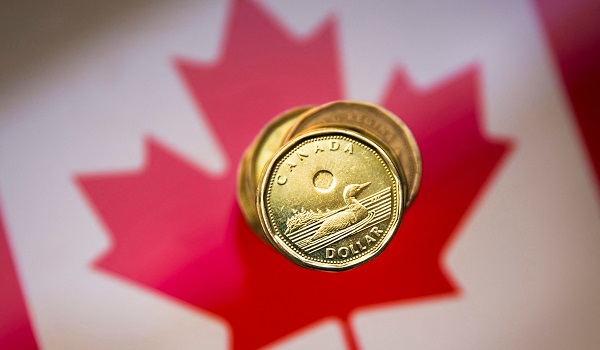Findings show consumer spending drops during first month of federal tax break
Canadians may be on a GST-HST holiday, but it appears we’re not in a mood to shop.
Nationally, year-over-year spending and transactions made by shoppers for the first month of the temporary federal tax cut, from Dec. 14 to Jan. 15, were down four and one per cent respectively.
The numbers were worse in Ontario, down eight and three per cent, according to data from Moneris, Canada’s largest payment processing company.
The GST-HST holiday on certain goods ends Feb. 15.
Sean McCormick, director of business development for Moneris, says the company gathers data from transactions processed at 350,000 stores and restaurants across the country — accounting for roughly a third of all purchases nationwide.
“It might have been a nice surprise,” McCormick said of the tax break, “but it didn’t lead to more trips to the store to buy more things.”
Economists and finance workers who spoke with the Star had various theories on why spending was down, from a lack of clear messaging on what was and wasn’t included, to the lingering effects of inflation.
While results from the Bank of Canada’s consumer expectation survey for the last quarter of 2024 found fewer people spending less, or plan to reduce their spending, high prices and economic uncertainty weighed heavily on Canadians.
“Things are fricking expensive still,” Jessica Moorhouse, a financial adviser and author of “Everything But Money,” said. “I think for lots of Canadians it didn’t really make any blip of an impact.”
Vivian Li, a senior economist for the Dias, a think tank at Toronto Metropolitan University, suggested that policies targeting high housing costs and grocery bills might have better accomplished the federal government’s stated goal of making life more affordable for Canadians.
“If we were to provide a tax holiday again and our food wasn’t as expensive as it is,” Li said, “then maybe consumers would kind of kind of feel better about that.”
Small business association say holiday ‘not worth the headache’
Christina Kotiadis had to edit the barcodes on all 30,000 inventory items of her Bloor West Village store, Lemon & Lavender, at the start of the tax holiday. And, when the break ends next week on Feb. 14, she said she’ll have to spend another few hours reverting all the prices back to what they were before.
“I hope they never do this again,” the store owner said with a chuckle over the phone.
Kotiadis isn’t alone in her frustration.
Ryan Mallough, V-P of legislative affairs for the Canadian Federation of Independent Business, says early CFIB data shows only five per cent of its members showing an increase in sales, while a majority experienced no change.
“Given that the numbers show that 70 per cent of our members say sales were about the same,” Mallough said, “I would say that it ultimately was not worth the headache.”
Not every business was impacted equally, however.
Mallough and Kelly Higginson, president and CEO of Restaurants Canada, said restaurants fared slightly better than retail stores, even as Moneris observed a six per cent drop in the number of transactions at food establishments nationally.
“It’s a pretty easy process,” Higginson explained. “It really was adjusting two or three categories and you were you were good to go.”
In contrast, retailers like Kotiadis typically had to go through their entire inventory one item at a time to determine what shouldn’t be taxed.
“The government needed a better understanding of how businesses operate before they do something like this,” Mallough said when asked if there should be another tax holiday in the future.
“While it looks good on paper,” he continued, “the reality is … implementing this was not easy.”
This article was first reported by The Star












